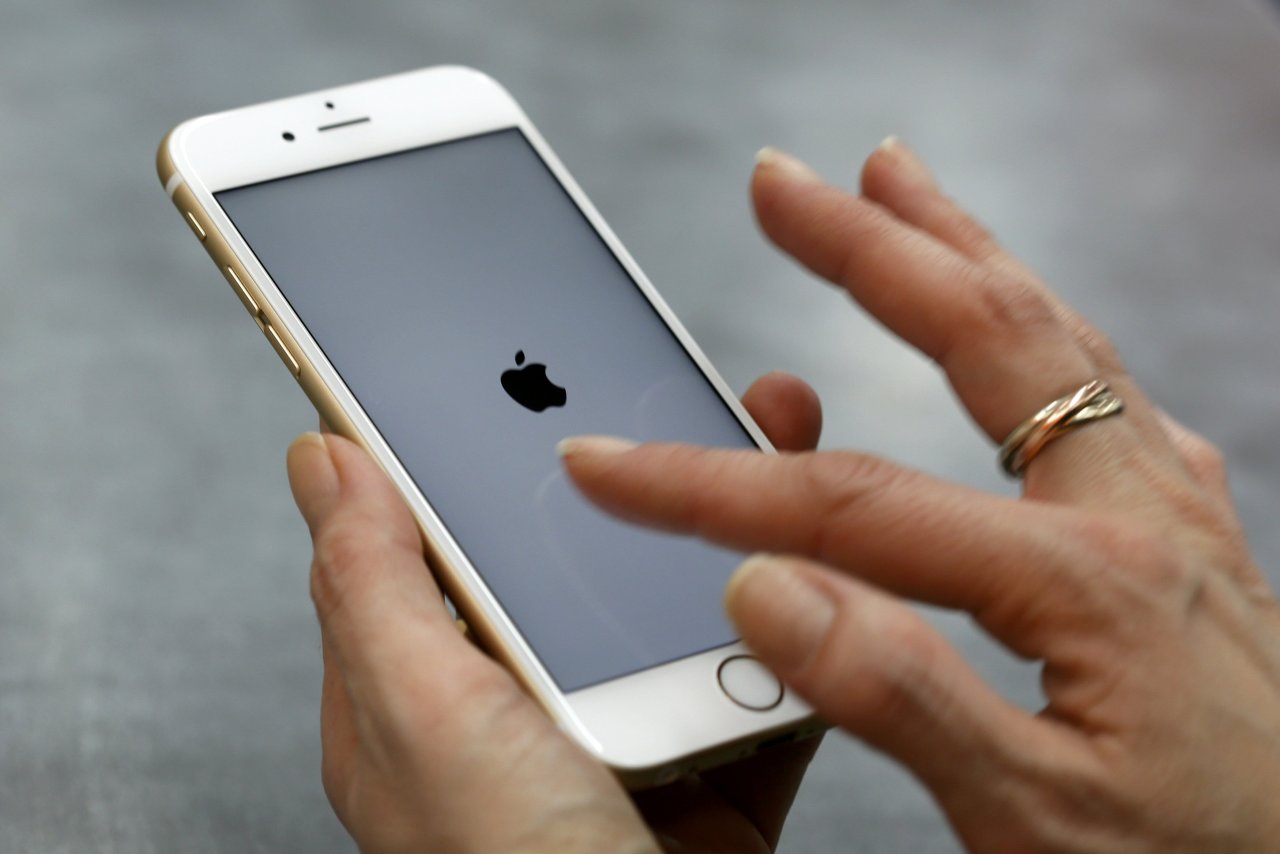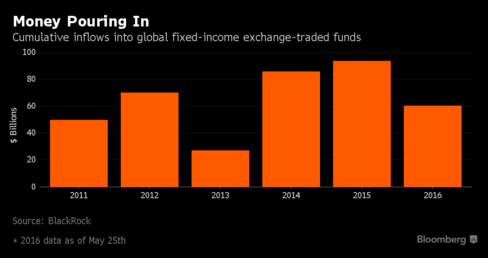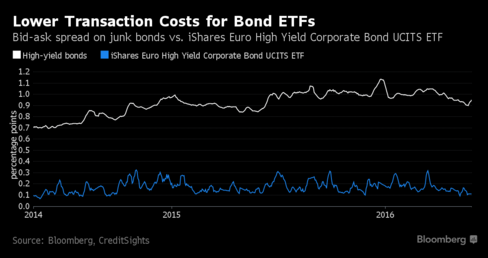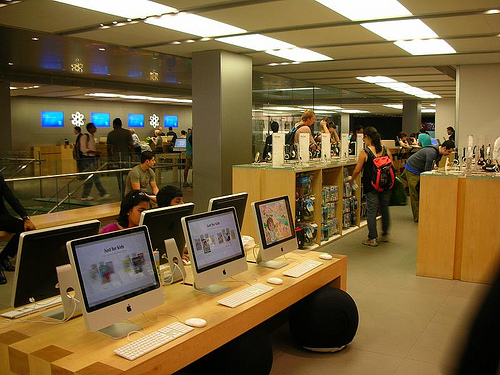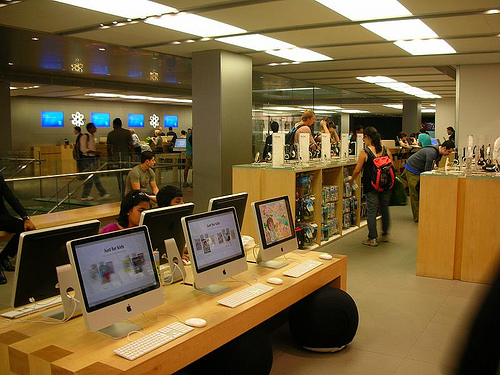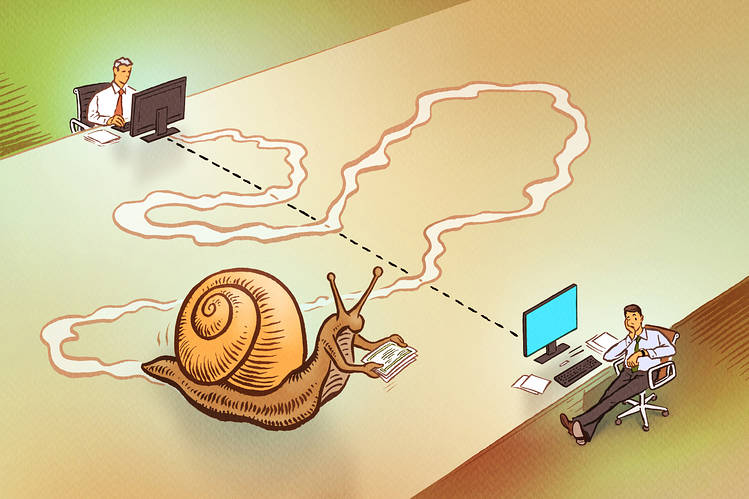Cirrus Logic ($CRUS): Plugged In to the iPhone Cycle
Few chip companies are more plugged in to the iPhone than Cirrus Logic [stckqut]CRUS[/stckqut]. Whether that is a good thing or not is a matter of timing.
Take the last few weeks for example. The Wall Street Journal reported on June 21 that Apple is planning to remove the standard headphone jack from its next iPhone. That confirmed some previous leaks by gadget blogs from earlier in the year. It also helped Cirrus’s stock top the $40 mark for the first time in nearly four years.
That is because Cirrus is likely the prime beneficiary for such a move, given that its encoding and amplifier chips would be needed for a new class of digital headphones that would plug into the iPhone’s Lightning port. It is a substantial new opportunity as the iPhone now ships more than 200 million units every year.
